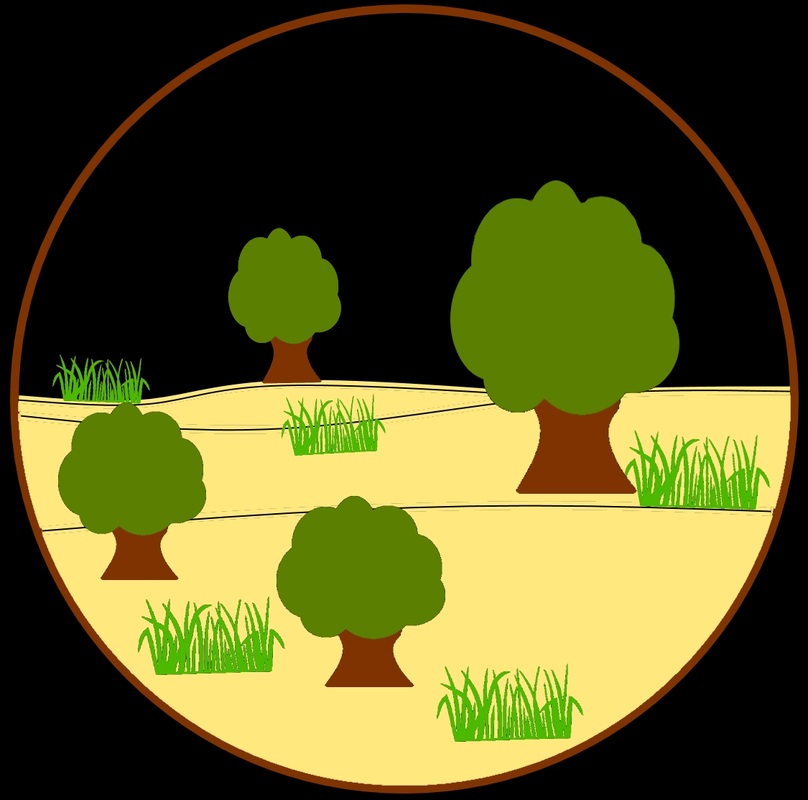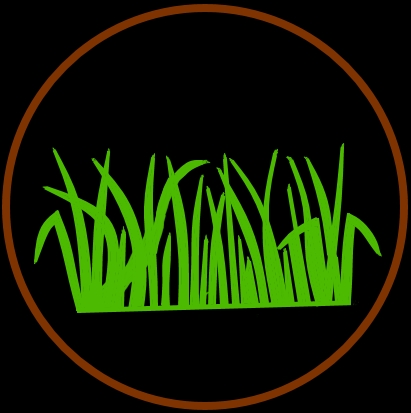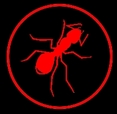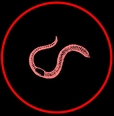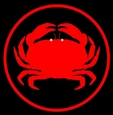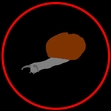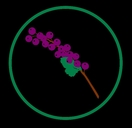Great Spotted Kiwi
Apteryx haastii
Where is it found?
Forests, scrub forests and grassland
Diet and foraging method
Key adaptations
They have a long, slender beak, with nostrils on the top of the beak for sniffing out insects under the ground.
Large feet with fleshy footpads means they can walk almost silently.
Large feet with fleshy footpads means they can walk almost silently.
Social organisation and mating system
Kiwis form socially monogamous breeding pairs that are very territorial.
Females lay huge eggs! Kiwi eggs are six times as big as normal for a bird of its size and the eggs take up a whooping 20% of the mother's body - an Ostrich egg is only 2% of the mother's body mass.
Did you know that...?
Great Spotted Kiwis live in dens underground, often made up of multiple sections connected by tunnels, some of which can be several metres long.
Taxonomy
Picture credits:
Maps from: http://species.mol.org/species/
Drawing: "Apteryx haastii" by J. G. Keulemans delt. T. Walter, lith. [1876]. - Alexander Turnbull Library, URL [1], JPG [2], Reference No.PUBL-0035-1-008. Licensed under Public Domain via Wikimedia Commons - https://commons.wikimedia.org/wiki/File:Apteryx_haastii.jpg#/media/File:Apteryx_haastii.jpg
Drawing: "Apteryx haastii" by J. G. Keulemans delt. T. Walter, lith. [1876]. - Alexander Turnbull Library, URL [1], JPG [2], Reference No.PUBL-0035-1-008. Licensed under Public Domain via Wikimedia Commons - https://commons.wikimedia.org/wiki/File:Apteryx_haastii.jpg#/media/File:Apteryx_haastii.jpg


